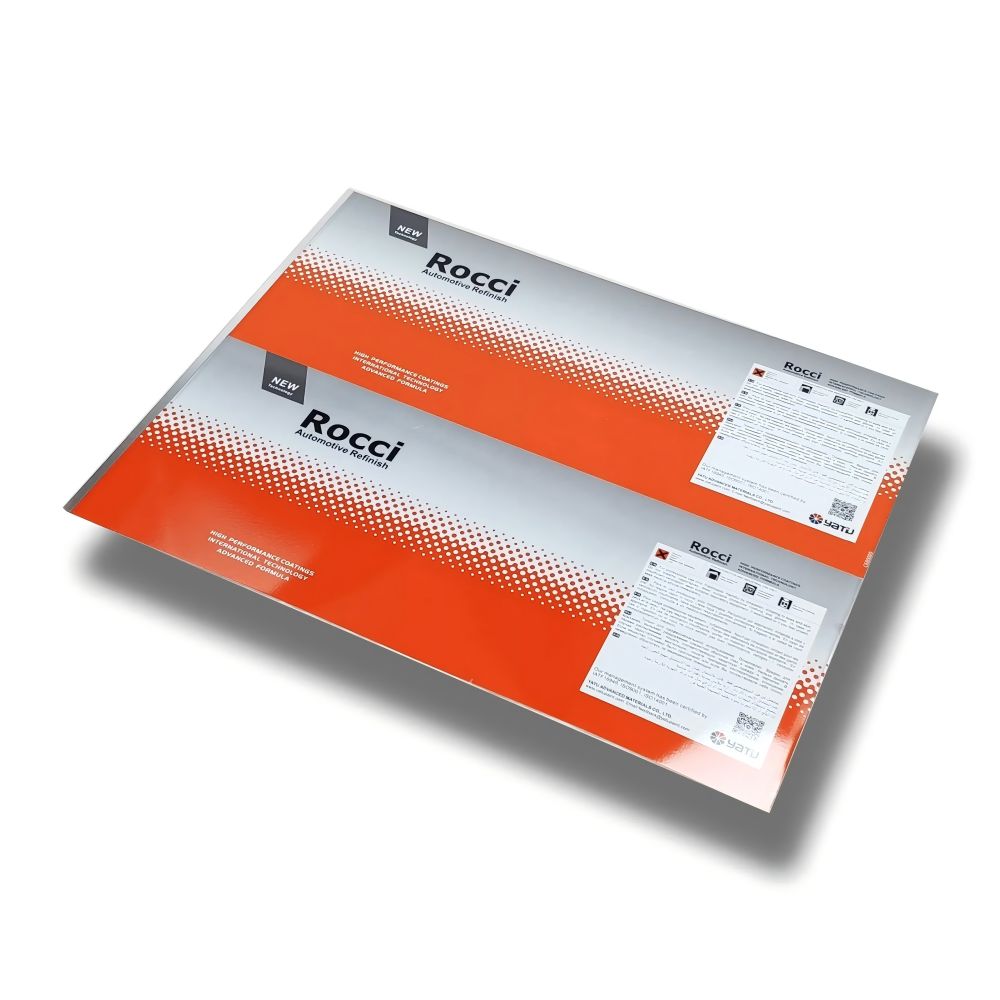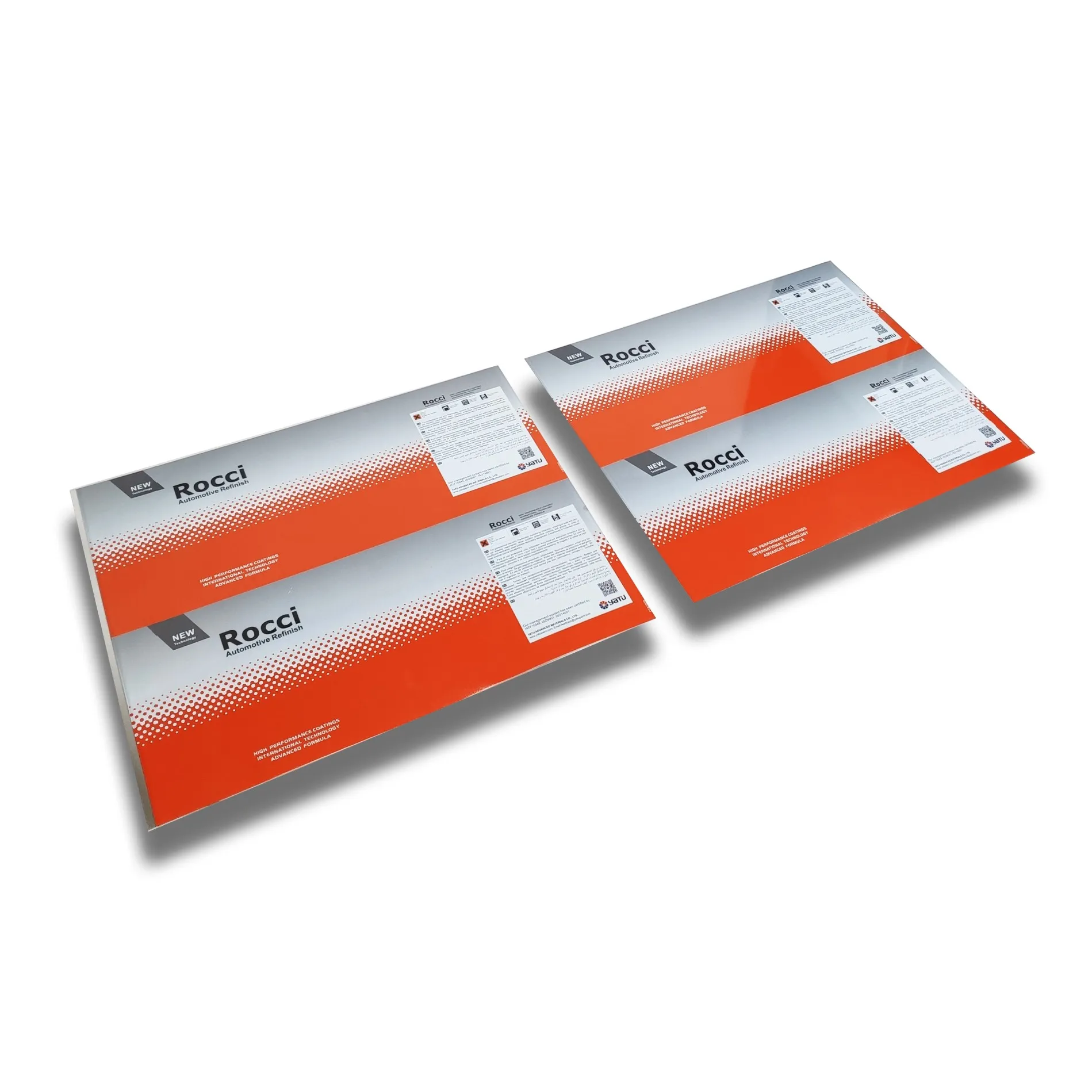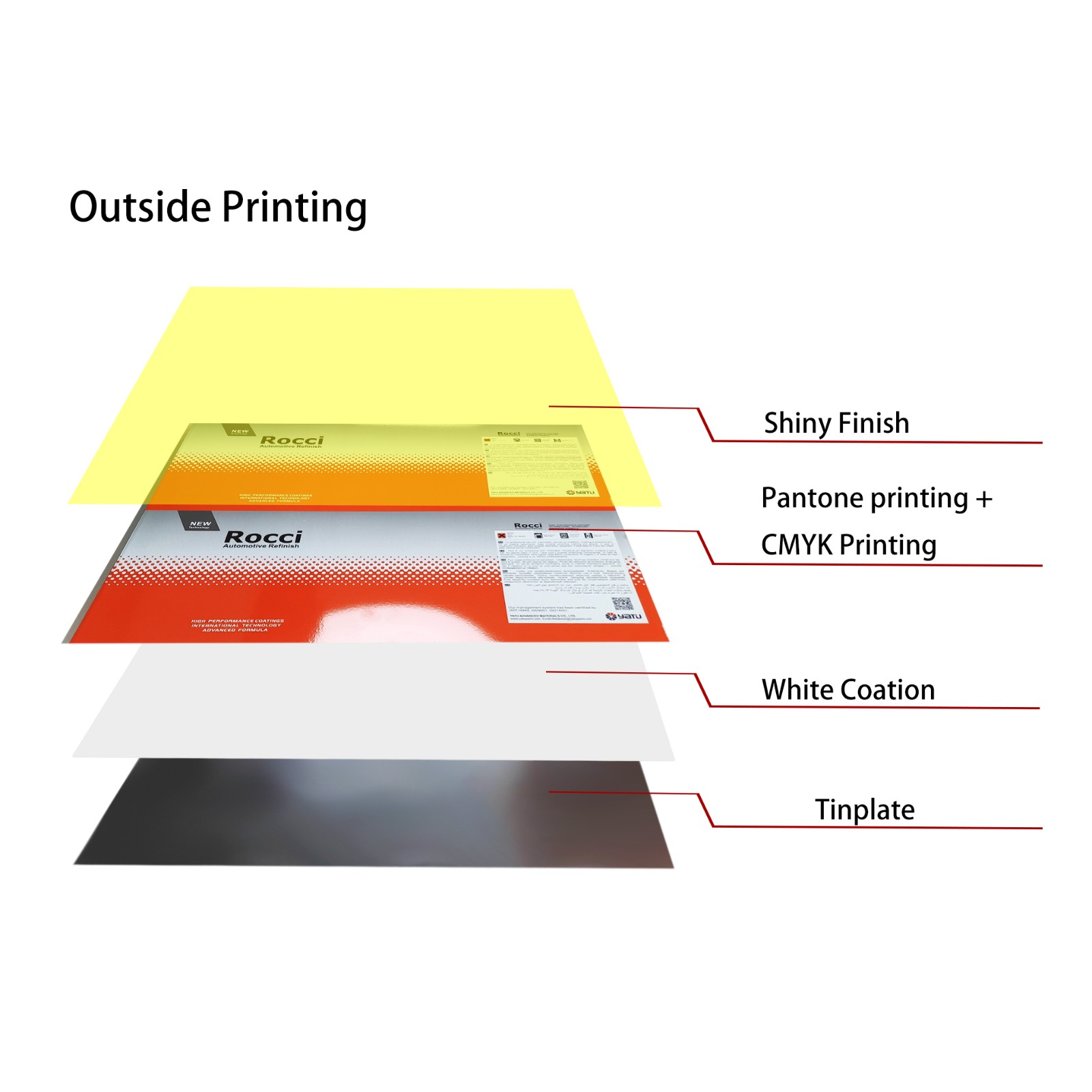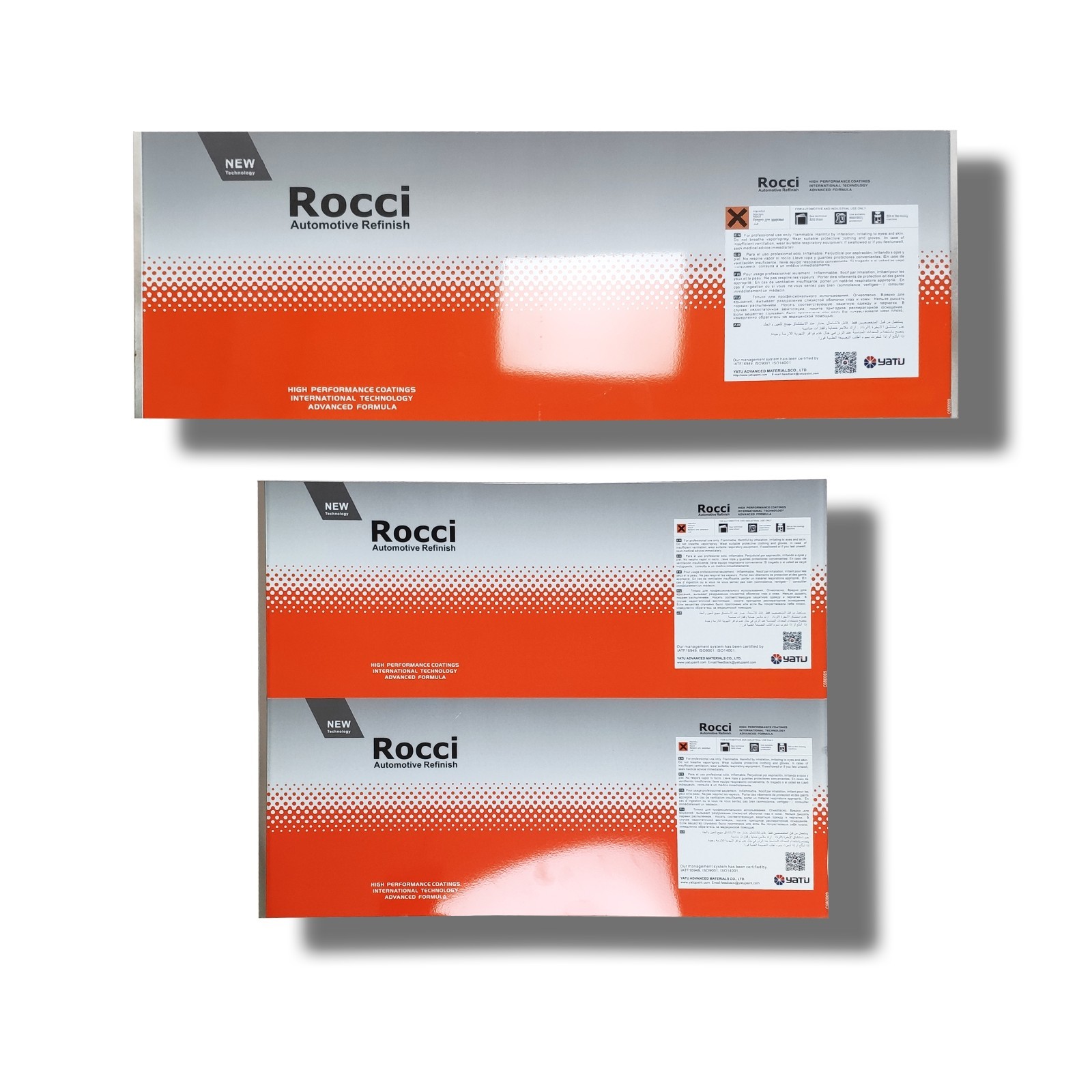As one of the main materials for food packaging, tinplate cans are widely used in various types of food packaging, such as cans, candy boxes, tea cans, etc., due to their excellent anti-corrosion performance, good sealing and recyclability. In order to enhance the visual appeal of food packaging and enhance brand awareness, printing on tinplate cans is crucial. However, due to the smooth surface and high hardness of tinplate materials, choosing the right printing method is the key to ensuring packaging quality, color expression and durability.
This article will systematically sort out several common printing methods and focus on analyzing which printing method is most suitable for tinplate cans for food packaging, including offset printing, gravure printing, screen printing, flexographic printing, etc.

What are the printing requirements for food packaging?
Before discussing the specific printing method, it is very important to understand the basic requirements for printing quality of tinplate cans for food packaging. Food packaging is not only required to be beautiful and durable, but also to meet food safety standards and have certain corrosion resistance and long-term storage performance.
1. Safety: Food packaging is in direct contact with consumers, and any component of the packaging cannot cause pollution or harm to food. The ink, coating and other materials used in the printing process must comply with food safety standards and will not have any harmful effects on food.
2. Aesthetics: Tinplate cans often serve as brand display. Exquisite printed patterns and bright colors can enhance the visual appeal of the product and help consumers form an impression of the brand. Therefore, the printing process must be able to clearly and accurately present complex patterns and texts to ensure the high-quality appearance of the packaging.
3. Durability: Food packaging usually needs to be stored, transported and displayed for a long time, so the printed pattern must have good wear resistance, UV resistance and corrosion resistance to avoid fading, wear or damage due to environmental factors.
4. Adaptability: The surface material of tinplate cans is different from ordinary paper. It is smooth and has a high hardness, and the ink adhesion during printing is low. Therefore, the printing method must be able to ensure good adhesion on the metal surface while keeping the pattern bright in color and complete in details.

What are the printing methods for tinplate?
According to the above requirements, several common printing methods are widely used for the printing of tinplate cans. The following will introduce the characteristics, advantages and disadvantages of each printing method in detail, and explore its applicability in food packaging.
1. Offset Printing
Offset printing is the most common and widely used printing method, especially suitable for mass printing. Its principle is to transfer the pattern from the printing plate to the rubber blanket through the mutual repulsion of water and ink, and then the rubber blanket transfers the pattern to the tinplate surface.
Advantages of offset printing:
● High precision: Offset printing can present high-precision patterns and texts, suitable for delicate pattern design and multi-color complex printing needs.
● Mass printing: Offset printing has high efficiency, suitable for mass production, and low unit cost.
● Thin and uniform ink: Offset printing can form a uniform ink layer on the tinplate surface, and the printed pattern is bright and delicate.
Disadvantages of offset printing:
● High requirements for surface treatment: Offset printing has high requirements for the smoothness of the tinplate surface, and pretreatment, such as coating with primer, is required to ensure that the ink can adhere well to the surface.
● Thin ink layer: Although the thin ink layer guarantees the printing effect, for some patterns or special designs that require a thick coating, offset printing may not achieve the ideal effect.
Scope of application of offset printing:
Offset printing is suitable for printing food packaging tinplate cans, especially those mass-produced packaging products such as cans and beverage cans that require complex patterns, brand logos and multi-color printing. Due to its high precision and color expression, offset printing is the first choice for most food packaging tinplate cans.
2. Gravure Printing
Gravure printing is to engrave the gravure plate, apply ink in the groove, and then transfer the ink to the tinplate surface through high pressure. Gravure printing is widely used in high-end packaging and printed products that require rich colors and complex patterns.
Advantages of gravure printing:
● High color saturation: gravure printing can provide a very thick ink layer, which is suitable for expressing rich colors and dark patterns, and the image quality is excellent.
● Suitable for large-area printing: gravure printing is very suitable for large-area color printing, with natural color transitions and strong layering.
Disadvantages of gravure printing:
● High platemaking cost: The platemaking process of gravure printing is complicated and expensive, so in small-batch production, the cost is relatively high.
● Slow printing speed: The gravure printing process is time-consuming, especially when the pattern is large, the printing speed is low.
Scope of application of gravure printing:
Gravure printing is more suitable for high-end food packaging with high color saturation requirements, such as tinplate packaging that needs to show rich colors and metallic luster effects. For some high-end candy boxes, tea cans and other products, gravure printing can provide the best visual effect.

3. Screen Printing
Screen printing is a printing method that uses a screen to press ink onto the surface of tinplate. The characteristic of screen printing is that it can be printed on the surface of different materials, especially suitable for some irregular surfaces or patterns that require a thick ink layer.
Advantages of screen printing:
● Thick ink layer: Screen printing can form a thicker ink layer, so the pattern has a strong three-dimensional sense and wear resistance.
● Wide range of applications: Screen printing is suitable for tinplate surfaces of various shapes and sizes, and can even be printed on irregular can surfaces.
● Simple process: The plate making and operation of screen printing are relatively simple, suitable for small batch and multi-variety product production.
Disadvantages of screen printing:
● Low resolution: Compared with offset printing and gravure printing, the pattern accuracy of screen printing is relatively low, and the delicate patterns and text effects are not as good as offset printing.
● Slow speed: The production speed of screen printing is slow and not suitable for mass printing.
Scope of application of screen printing:
Screen printing is suitable for small batches and customized tinplate cans for food packaging, especially products with special requirements for ink thickness. For products that need to highlight the three-dimensional sense and special effects, screen printing is a good choice.
4. Flexography
Flexography is the transfer of ink to the tinplate surface through a flexible printing plate, and is widely used in various packaging printing. Flexography has high speed and flexibility, and is suitable for printing large quantities of packaging materials.
Advantages of flexography:
● Fast printing speed: Flexography has a very fast printing speed and is suitable for mass production.
● Strong adaptability: Flexography has strong adaptability and can be printed on different types of materials. The ink dries quickly, which is suitable for the rapid production of food packaging.
Disadvantages of flexographic printing:
● Low pattern accuracy: Flexographic printing is not as accurate as offset printing and gravure printing, especially in the printing of delicate patterns, the effect is relatively rough.
● Limited color expression: Since the ink layer used in flexographic printing is thinner, its color expression is not as good as gravure printing and offset printing.
Scope of application of flexographic printing:
Flexographic printing is suitable for tinplate food packaging that is mass-produced and does not require high pattern accuracy. For some simple patterns, logos and label printing, flexographic printing can provide higher production efficiency.

Which printing method is most suitable for tinplate cans for food packaging?
Based on the specific needs of tinplate cans for food packaging, offset printing is the most suitable printing method for most food packaging. It can provide high-precision printing effects, bright colors, and is suitable for mass production. At the same time, the cost of offset printing is relatively low, which can meet the needs of most food companies.
Although gravure printing has strong color expression, the plate making cost is high, which is suitable for high-end customized food packaging. Screen printing is suitable for small batch customization needs, especially for packaging with special requirements for ink thickness and three-dimensional sense. Flexographic printing is suitable for some packaging materials with low precision requirements and large-scale production.

